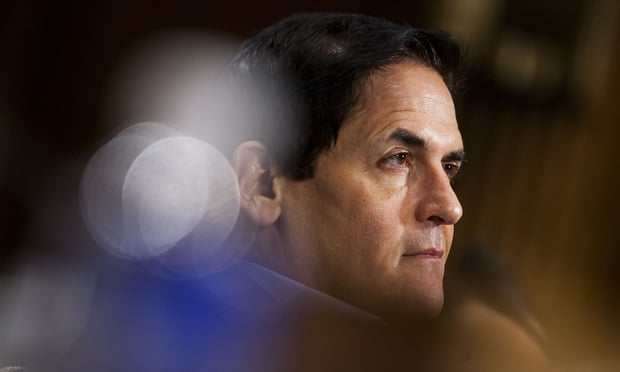As they struggle to provide value-driven care, smaller hospitals and health care systems are having a tough time. In the transition from fee-for-service to fee-for-value operations, they're finding both performance and growth are challenged, and that's putting their financial futures at risk.
This comes from a new report from the Ernst & Young LLP Advisory Health practice, which identifies a number of prominent factors acting as obstacles to the transition.
There are four key factors, the report says, which challenge a move to value: rising care delivery costs due to system inefficiencies; clinical workforce challenges that increase the risk to patients of medical errors; a lack of standardization in how quality is defined and measured; and a lack of trust among providers, payers and regulators.
Recommended For You
In addition, the report identifies a gap in capabilities and core competencies between large and small hospitals and health systems as they move away from fee-for-service care, with small organizations trailing large ones in a number of areas that raise the specter of financial risk.
"It is insightful that among hospitals and health systems with revenues of less than $1 billion, few have embraced strategies or made progress toward value-driven care," Yele Aluko, MD, an executive director in the advisory health practice at EY, says.
Aluko, a former hospital system physician-executive and a coauthor of the report, adds, "This creates a competitive disadvantage for smaller hospitals, and quite frankly, puts their financial futures, sustainability and corporate existence in jeopardy."
Among the problems the report identified is a lack of urgency and action around medical error reductions. It finds that just 76 percent of respondents say reducing medical errors is a priority, and only 58 percent of respondents are actively undertaking initiatives to reduce medical errors in 2017. Even worse, just 18 percent say these initiatives are planned for this year.
Then there's the question of talent engagement. More than half — 51 percent — of respondents believe employee satisfaction in health care drives patient satisfaction, only 35 percent say their organizations are working on creating a more positive work environment. A paltry 10 percent have undertaken employee surveys to solicit employee input.
Patient voices are going unheard; although 93 percent of respondents are undertaking initiatives to improve patient experience, they don't seem to care much about what patients care about, since only 26 percent selected patient access/satisfaction as one of their top three priorities for the year.
They're also experiencing a "value gap" in cost optimization efforts: While 95 percent of respondents are working on cost control measures, most aren't bothering this year — 25 percent have no "value-based" reimbursement initiatives planned for 2017.
© 2025 ALM Global, LLC, All Rights Reserved. Request academic re-use from www.copyright.com. All other uses, submit a request to [email protected]. For more information visit Asset & Logo Licensing.







